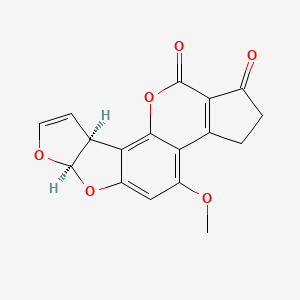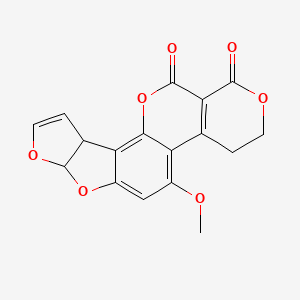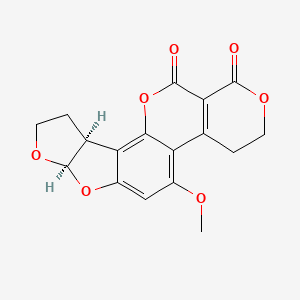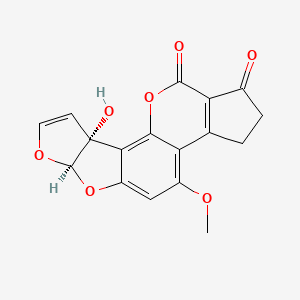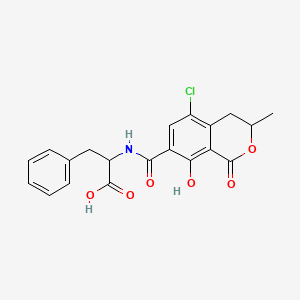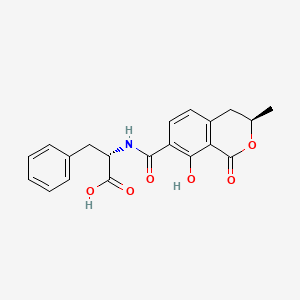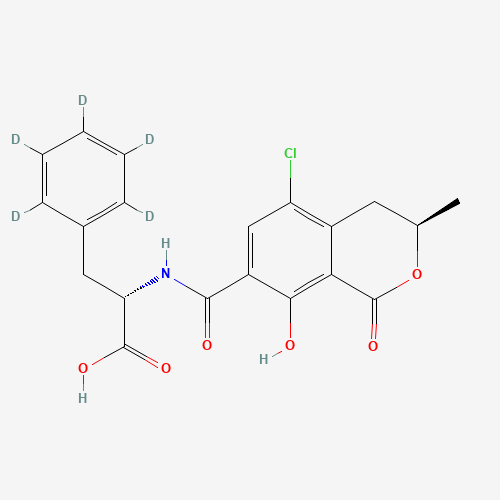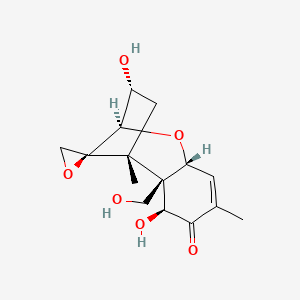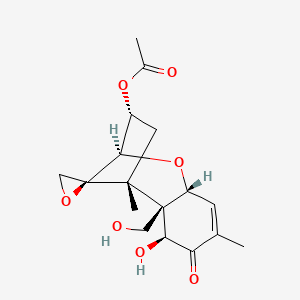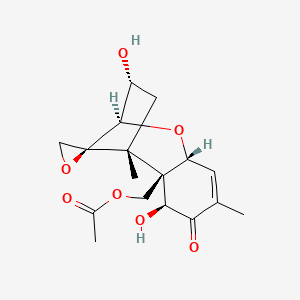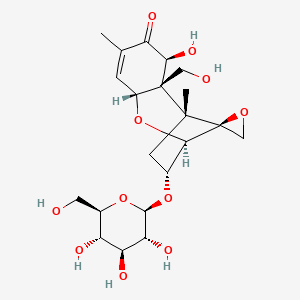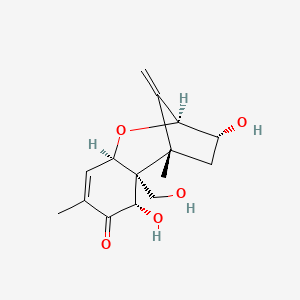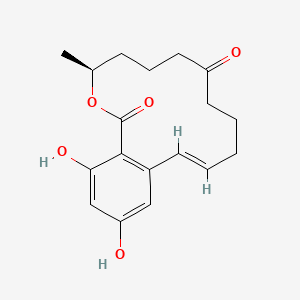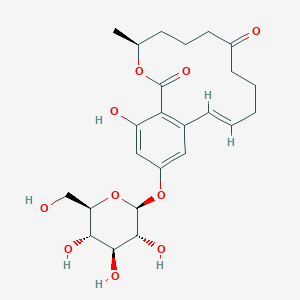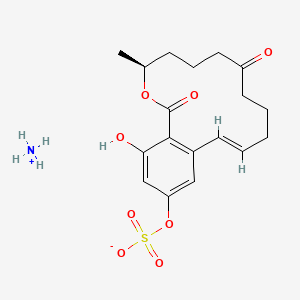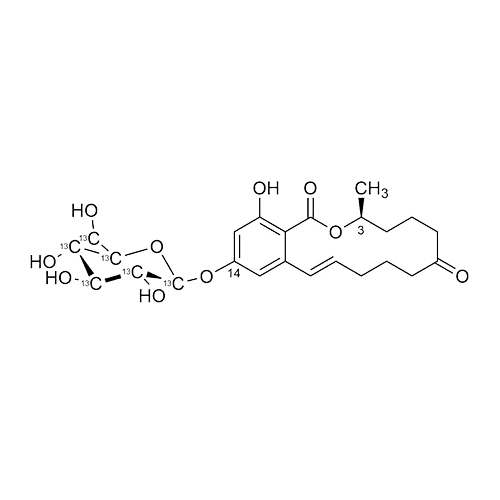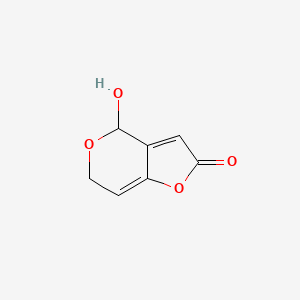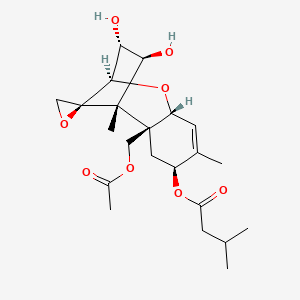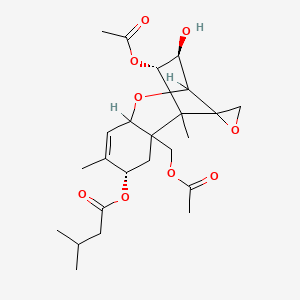-
{{ cart_product.name }}
{{ Number(cart_product.price*cart_product.quantity).toLocaleString() }} UAH ×
Mycotoxins are toxic compounds that are naturally produced by certain types of moulds (fungi). Moulds that can produce mycotoxins grow on numerous foodstuffs such as cereals, dried fruits, nuts and spices. Mould growth can occur either before harvest or after harvest, during storage, on/in the food itself often under warm, damp and humid conditions. Most mycotoxins are chemically stable and survive food processing.
Several hundred different mycotoxins have been identified, but the most commonly observed mycotoxins that present a concern to human health and livestock include aflatoxins, ochratoxin A, patulin, fumonisins, zearalenone and nivalenol/deoxynivalenol. Mycotoxins appear in the food chain as a result of mould infection of crops both before and after harvest. Exposure to mycotoxins can happen either directly by eating infected food or indirectly from animals that are fed contaminated feed, in particular from milk.
Aflatoxins are amongst the most poisonous mycotoxins and are produced by certain moulds (Aspergillus flavus and Aspergillus parasiticus) which grow in soil, decaying vegetation, hay, and grains. Crops that are frequently affected by Aspergillus spp. include cereals (corn, sorghum, wheat and rice), oilseeds (soybean, peanut, sunflower and cotton seeds), spices (chili peppers, black pepper, coriander, turmeric and ginger) and tree nuts (pistachio, almond, walnut, coconut and Brazil nut). The toxins can also be found in the milk of animals that are fed contaminated feed, in the form of aflatoxin M1.
Ochratoxin A is produced by several species of Aspergillus and Penicillium and is a common food-contaminating mycotoxin. Contamination of food commodities, such as cereals and cereal products, coffee beans, dry vine fruits, wine and grape juice, spices and liquorice, occurs worldwide.
Patulin is a mycotoxin produced by a variety of moulds, particularly Aspergillus, Penicillium and Byssochlamys. Often found in rotting apples and apple products, patulin can also occur in various mouldy fruits, grains and other foods. Major human dietary sources of patulin are apples and apple juice made from affected fruit.
Fusarium fungi are common to the soil and produce a range of different toxins, including trichothecenes such as deoxynivalenol (DON), nivalenol (NIV) and T-2 and HT-2 toxins, as well as zearalenone (ZEN) and fumonisins. The formation of the moulds and toxins occur on a variety of different cereal crops. Different fusarium toxins are associated with certain types of cereal. For example, both DON and ZEN are often associated with wheat, T-2 and HT-2 toxins with oats, and fumonisins with maize (corn).

